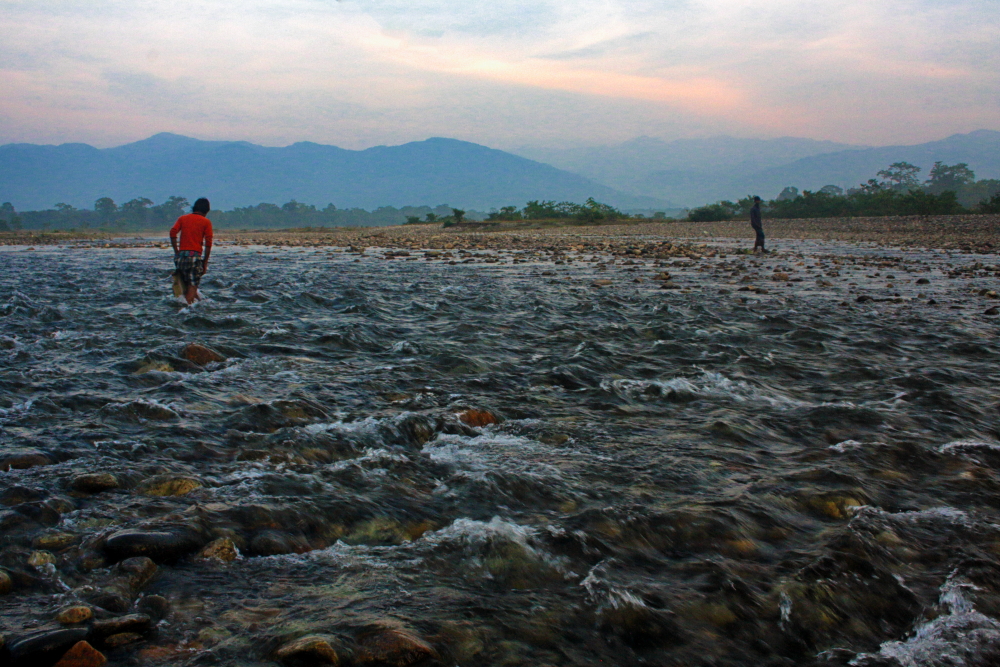

Nestled in the picturesque foothills of the Eastern Himalayas in the Dooars region of West Bengal, the Murti River is a hidden gem for tourists seeking serenity and natural beauty. The river's journey begins in the Neora Valley National Park and meanders through the verdant forests before merging with the Jaldhaka River. It is not just a river but a lifeline for the flora and fauna of the region, including the Gorumara National Park and the Chapramari Wildlife Sanctuary.
The history of tourism by the Murti River is relatively young compared to other historical sites in India. It was during the late 20th century that the area started gaining attention from tourists. Earlier, the primary visitors were locals and occasional nature enthusiasts. With the promotion of eco-tourism by the West Bengal government and the establishment of the protected areas, tourism started to bloom.
Over the years, Murti has evolved from a quiet retreat for those in the know to a sought-after destination for wildlife enthusiasts, nature lovers, and those looking to escape the hustle and bustle of urban life. The river's banks became popular for picnics, camping, and tranquil nature walks. Jungle safaris organized in the neighboring wildlife sanctuaries have further boosted this area's charm and tourism potential.
Sustainable and eco-friendly practices have become the mainstay in the Murti River region. The latest trends in tourism here focus on responsible travel, with many accommodations and tour operators emphasizing conservation efforts and the preservation of local culture.
Adventure tourism is also on the rise, with more travelers seeking activities like river crossing, bird watching, and trekking. The picturesque landscape around the Murti River is ideal for photography tours, with many budding photographers coming to capture the stunning scenery and diverse wildlife.
Cultural tourism is another growing trend, as visitors are keen to experience the local traditions of the surrounding Dooars region. Community-led tourism initiatives offer guests a unique chance to engage with local tribes, learn about their lifestyle, and participate in festivals like the vibrant Bihu.
Wellness tourism is gaining popularity too, with tourists visiting the Murti River for yoga retreats and meditation camps, looking to find peace and rejuvenation amidst nature.
Technology has begun to play a significant role, with many travelers using online platforms for bookings and information. Virtual tours and interactive experiences have also seen an increase, catering to those who cannot visit in person.
Overall, tourism at the Murti River maintains a delicate balance between growth and sustainability, ensuring that the area's natural beauty and local culture can be enjoyed by future generations.